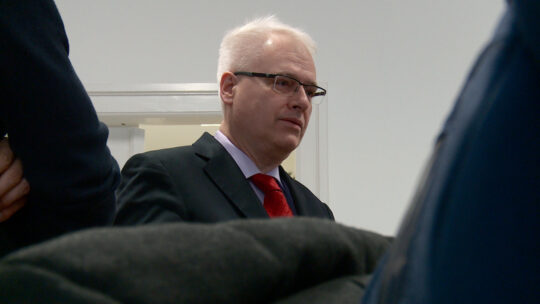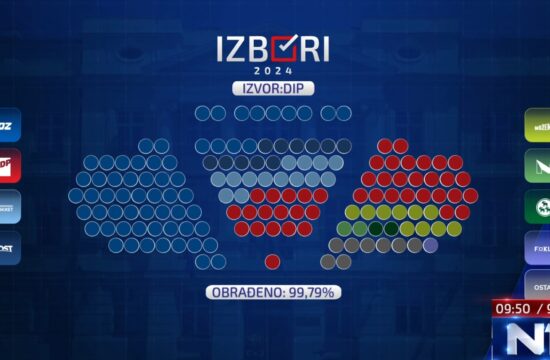Croatia's GDP is expected to shrink 7 percent in 2020 due to the coronavirus pandemic, the European Bank for Reconstruction and Development (EBRD) said in its latest projection. It also predicts the economy to bounce back in 2021 when the GDP is expected to increase by 6 percent.
This is the fourth major projection estimating the impact of Covid-19 pandemic on Croatia’s economy which relies heavily on tourism and retail, two industries most severely hit by continent-wide lockdowns and travel bans.
In early April, World Bank’s analysts projected the country’s GDP to shrink 6.2 percent in 2020. Days later, the International Montenary Fund projected the country’s GDP to shrink 9.0 percent in 2020 – suffering the worst hit among emerging economies of Europe – before recovering to 4.9 percent growth in 2021.
These were followed by Croatian government’s own forecast which were somewhat more pessimistic, projecting GDP to contract by 9.4 percent in 2020 before posting 6.1 percent growth in 2021.
In their comments, EBRD analysts echoed concerns attributing the imminent contraction to the virtual collapse of the tourism and hospitality industries, which is estimated to account for around 20 percent of Croatia’s GDP and which both mainly rely on revenues from foreign visitors from other European countries.
But long-term effects of lockdown restrictions on air travel, which is likely to diminish considerably, is expected to be countered by visitors arriving to Croatia’s Adriatic via land routes from Central Europe.
“There was a drop of 75-80 percent in tourist arrivals in March year-on-year, with a similar drop expected in the second quarter (of the year) and a decrease of about 30 percent in third quarter, mitigated by the fact that Croatia is easily reachable by land from the tourists’ main countries of residence such as Germany, Austria, Slovenia, Hungary and the Czech Republic,” EBRD said.
Like most analysts, EBRD expects the crisis to impact the labour market severely.
“As revenues from tourism drop, spillover effects of the crisis are likely to be multiplied, including through a labour market shock – 25 per cent of employed in Croatia are on temporary contracts, and most of them are related to the tourism sector,” EBRD added.
In an effort to preserve jobs, the government had introduced a series of relief measures including tax breaks for businesses and payroll assistance including a state-subsidised minimum wage for furloughed workers. In March, nearly 84,000 business collected subsidies for 485,000 workers – nearly a third of Croatia’s entire 1.5 million work force – which cost the government some 1.5 billion kuna (€2 billion) in March alone.
EBRD added that the domestic lockdown which had been gradually imposed in late March and which closed all non-essential stores and banned most inter-city travel, is likely to heavily reduce local demand for both services and durable goods.
Exports are also expected to decrease, as the severely hit Italian economy is Croatia’s top export market, along with Germany. In 2019 Croatia’s exports to Italy was worth €2.1 billion, followed by Germany at around €2 billion. In the same period, imports from Italy and Germany totalled €3.4 and €3.8 billion.
The EBRD said that the Croatian government had responded to the crisis with a stimulus package worth about 7 percent of the nation’s GDP, which is expected to limit the immediate negative consequences to the economy but is also bound to worsen fiscal indicators.
“We expect to see some normalisation of economic activity in 2020, although to levels still below the economy’s potential. For 2021, we expect a rapid recovery, with a growth rate of 6.0 per cent,” EBRD analysts said.
Follow N1 via mobile apps for Android | iPhone/iPad | Windows| and social media on Twitter | Facebook.




